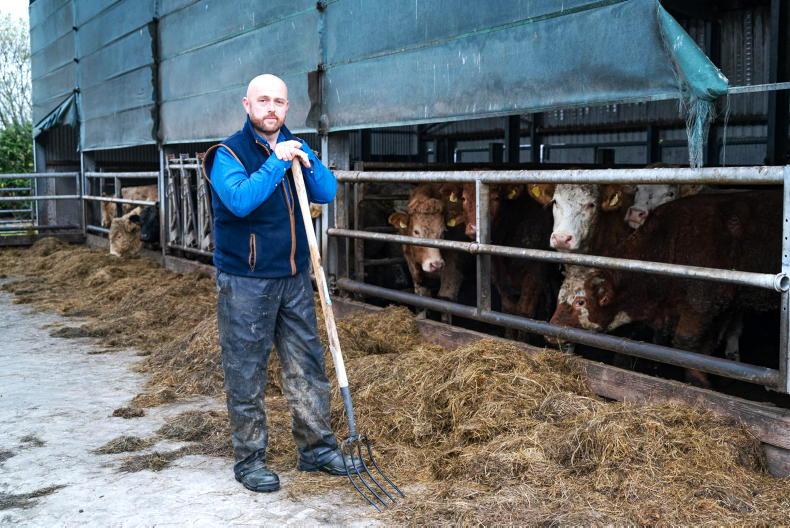What an absolutely fantastic spell of weather we are having, it’s hard to believe it’s November.
It’s much warmer and drier now than it was in June. There was many a damp 8–9 degree day in June, where at the moment it seems to be 12-14 degrees and dry most days.
Now pleasant and all as that is and at the risk of sounding like a complaining farmer, it’s just not natural!
Great weather for sheep or store lambs outside, they’re thriving well, with plenty of grass, a dry fleece and a dry place to lie down.
I was just noticing this past week when feeding lambs in the morning. My wellies are still getting dirty from the sticky muck around the troughs, but there are no puddles left to wash them in before I get into the jeep.
I think that might be a textbook definition of a first world problem.
In the shed
Anyway, sheep are happy, but I’m afraid it’s far from ideal conditions for cattle in the shed. I’m buying and mixing cattle at the moment and there is definitely an odd snottier nose about.
My sheds are all open fronted, and are usually fairly airy, but it’s so warm and still, there just isn’t enough wind to blow out the stale air.
I have had to inject a couple of bulls with high temperatures over the past couple of weeks, but I did eventually manage to get everything clipped, dosed and vaccinated for pneumonia last weekend, so hopefully that will keep anything from getting too sick.
Silage
It’s interesting to see how silage intake has decreased slightly in the milder weather. Obviously enough, there is just not as much energy required to stay warm.
Believe it or not a combination of milder weather and also moving to a slightly higher dry matter silage has meant that my daily bale usage has almost halved over the past couple of weeks.
All cattle are getting red clover bales. The pit isn’t opened yet and I don’t have very many ordinary grass silage bales made.
Normally I would start bought-in cattle on ordinary grass silage and introduce the red clover to them gradually so as not to bloat or give them acidosis. This year however they are going straight onto the red clover.
The silage is reasonable dry and I’m feeding them little an often and seem to be getting away okay at the min, fingers crossed.







 This is a subscriber-only article
This is a subscriber-only article









SHARING OPTIONS: